|
|
Concertino (originally for bassoon) - Ferdinand David Arr Vertommen - Euphonium and Piano
|
£17.50
Reference: SMBPC
Stock:  In stock In stock
| |
|
Ferdinand David (1810— 1873) was a German virtuoso violinist and composer.
David was born in the same house in Hamburg where Felix Mendelssohn had been born the previous year. David was a pupil of Louis Spohr and Moritz Hauptmann and became concertmaster (Konzertmeister) at the Gewandhaus in Leipzig working with Mendelssohn. In 1843 David became the first professor of violin at the newly founded Leipziger Konservatorium fu"r Musik. David worked closely with Mendelssohn, providing technical advice during the preparation of the latter's Violin Concerto. He was also the soloist in the premiere of the work in 1845.
David's own compositions number about 50 opuses including Concertinos for violin, bassoon, clarinet & trombone and orchestra. David’s most played piece today is without a doubt his Concertino for trombone and orchestra. This piece is very often used as the test piece for trombonists auditioning for symphony orchestras around the world.
His Concertino for bassoon was used as test piece at the Paris Conservatoire. During the first century of the Conservatoire’s existence, the pieces for the competition were mostly written by the bassoon professors but near the end of the 19th century the Conservatoire had a policy of commissioning new works from established composers in most years. The Concertino by Ferdinand David was used as a test piece in 1881.
The arrangement for euphonium and piano (or orchestra/band) was made by Luc Vertommen.
Duration 9.50
Difficulty 4.5/6
supplied with solo parts in TC, BC and BC in Bb and piano part
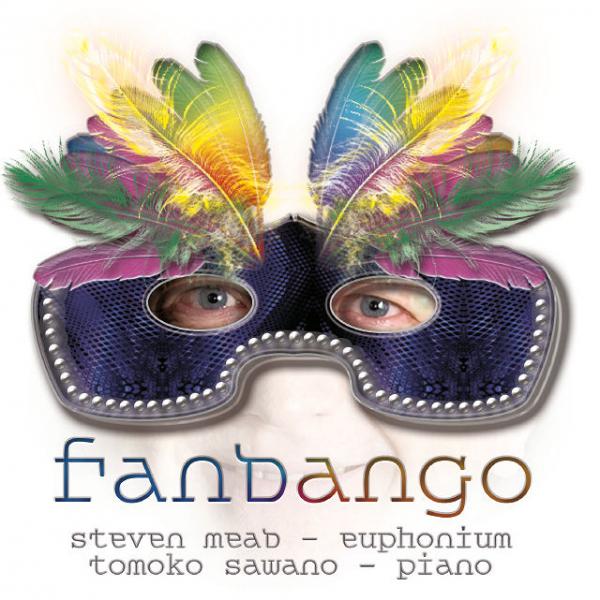
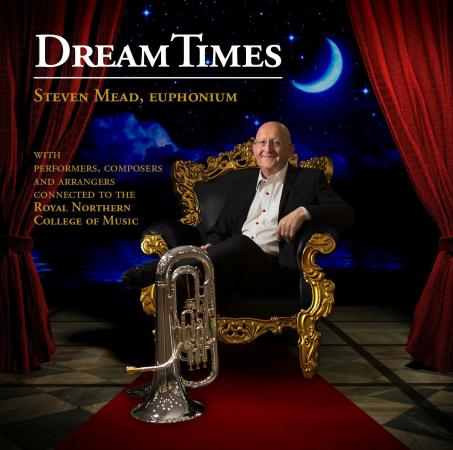
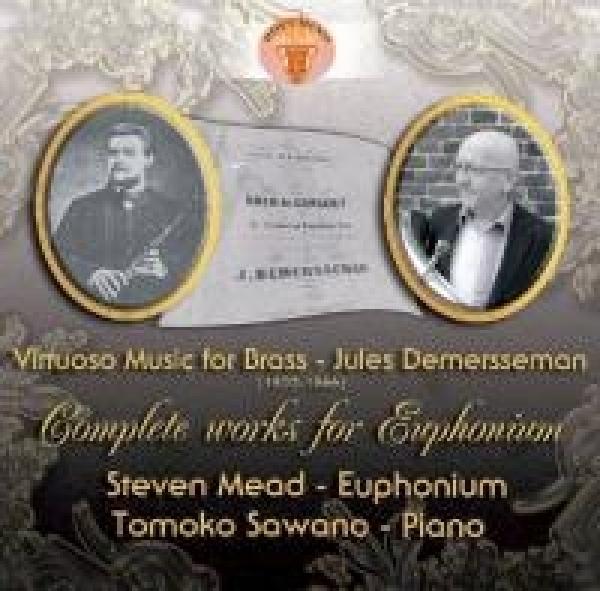
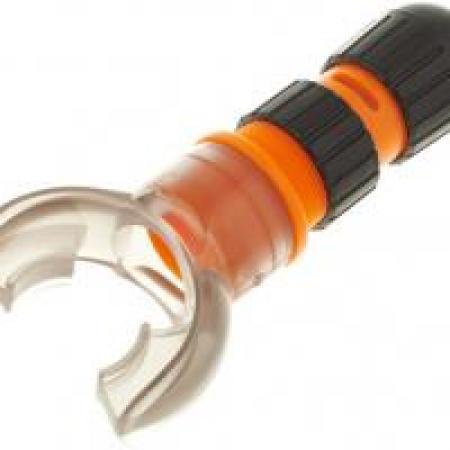
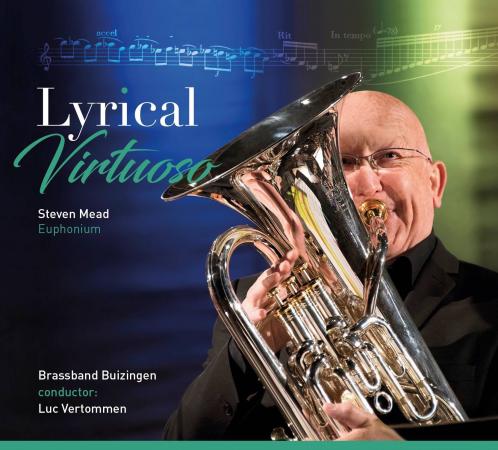

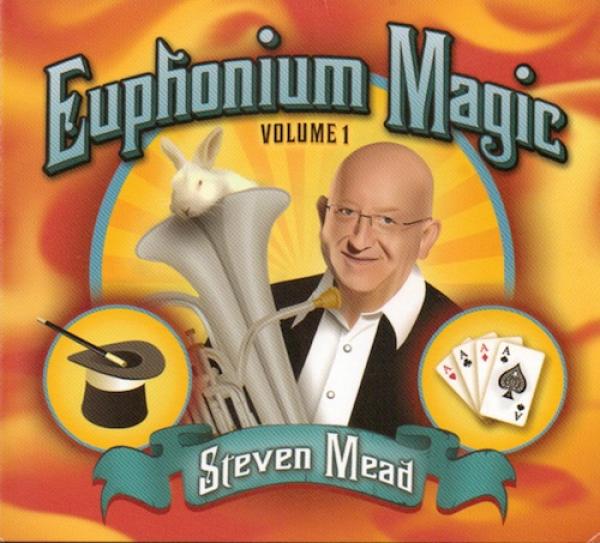
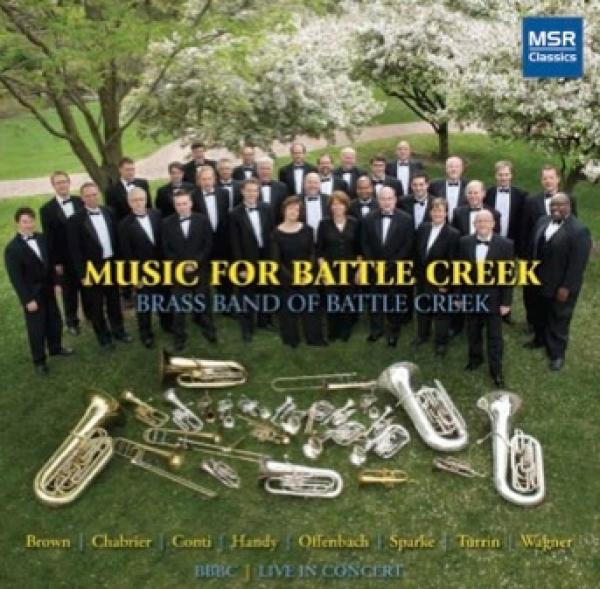

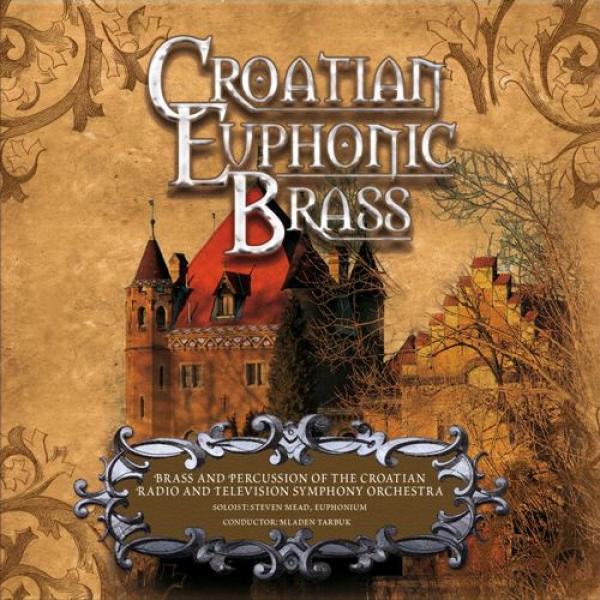

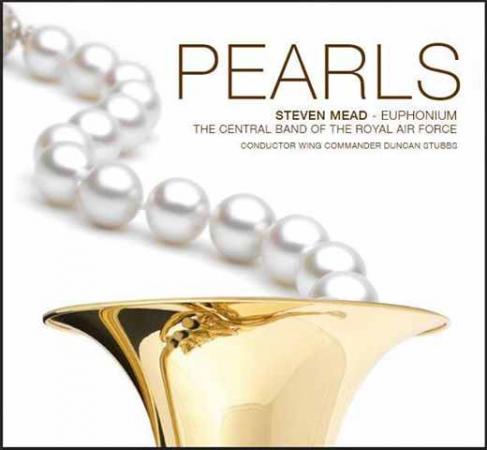
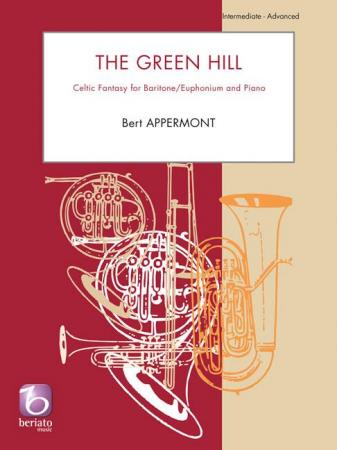

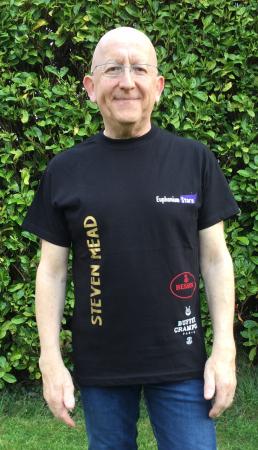
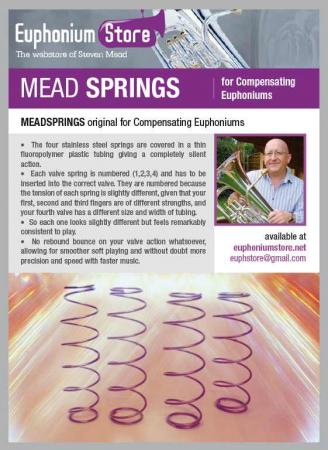
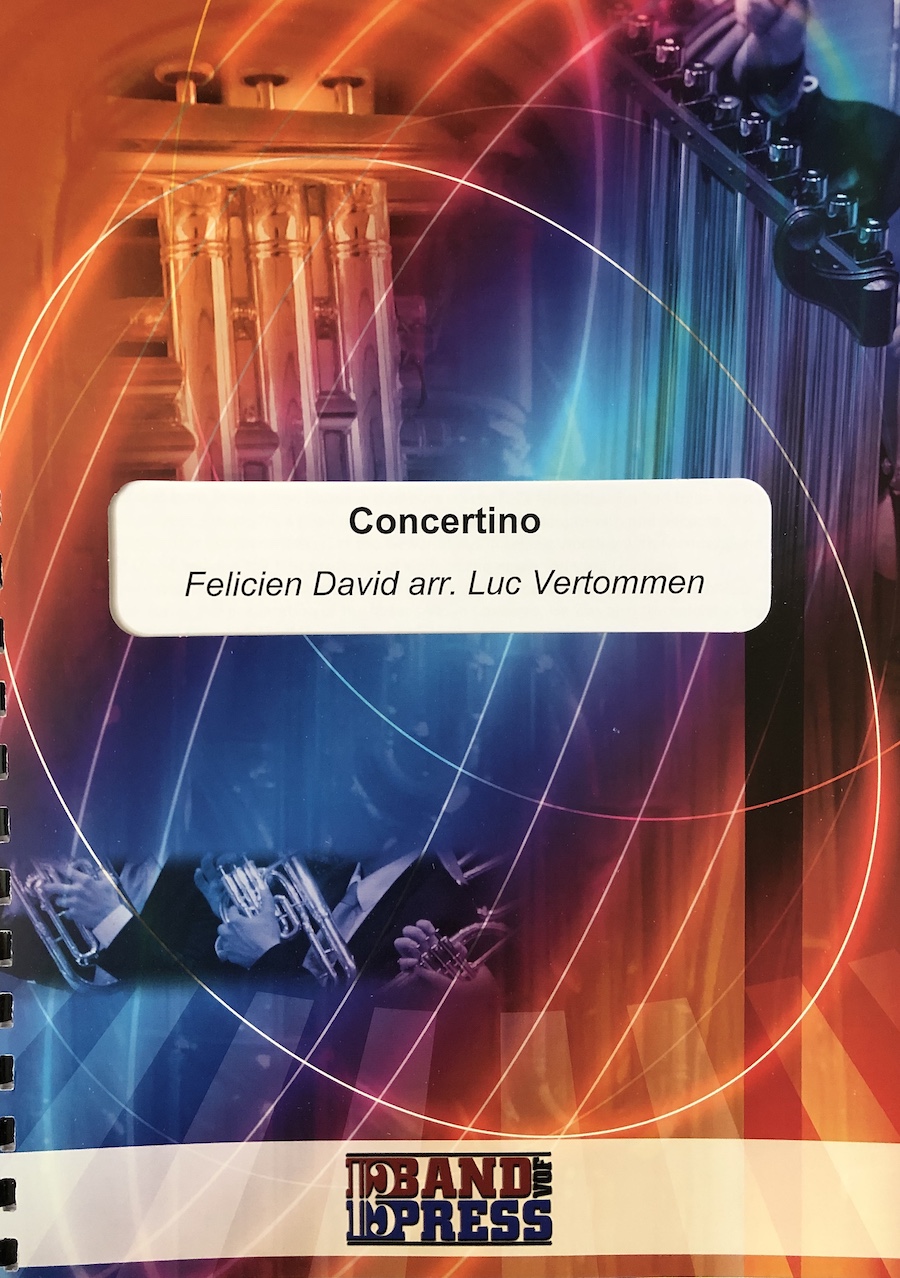
 In stock
In stock